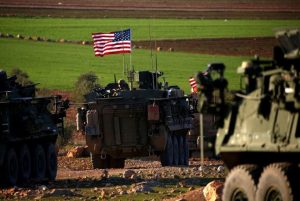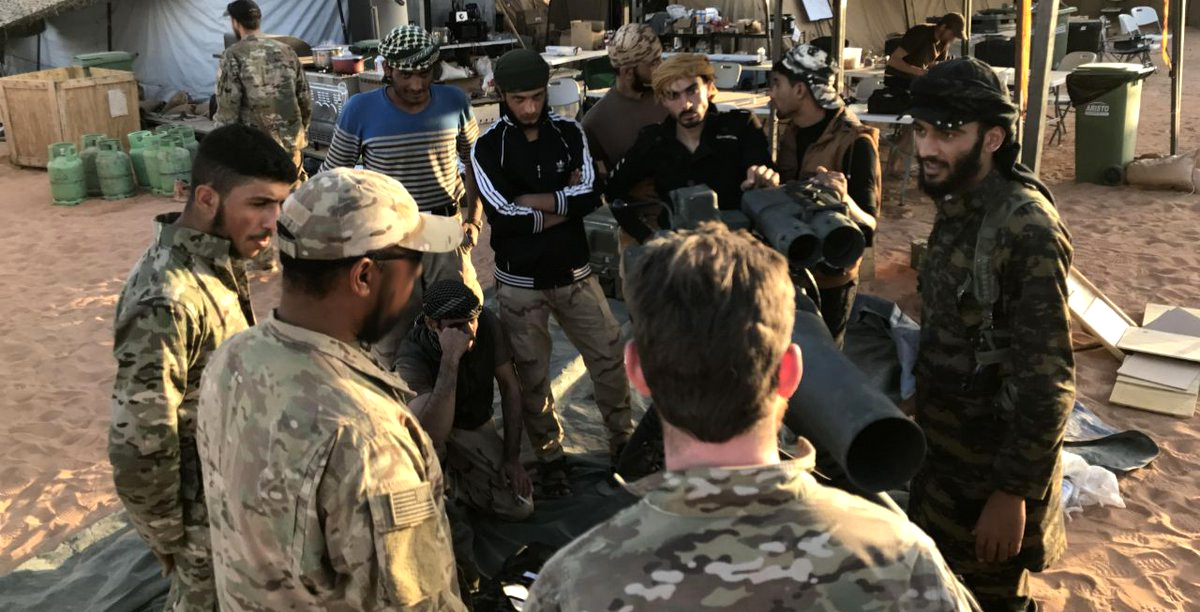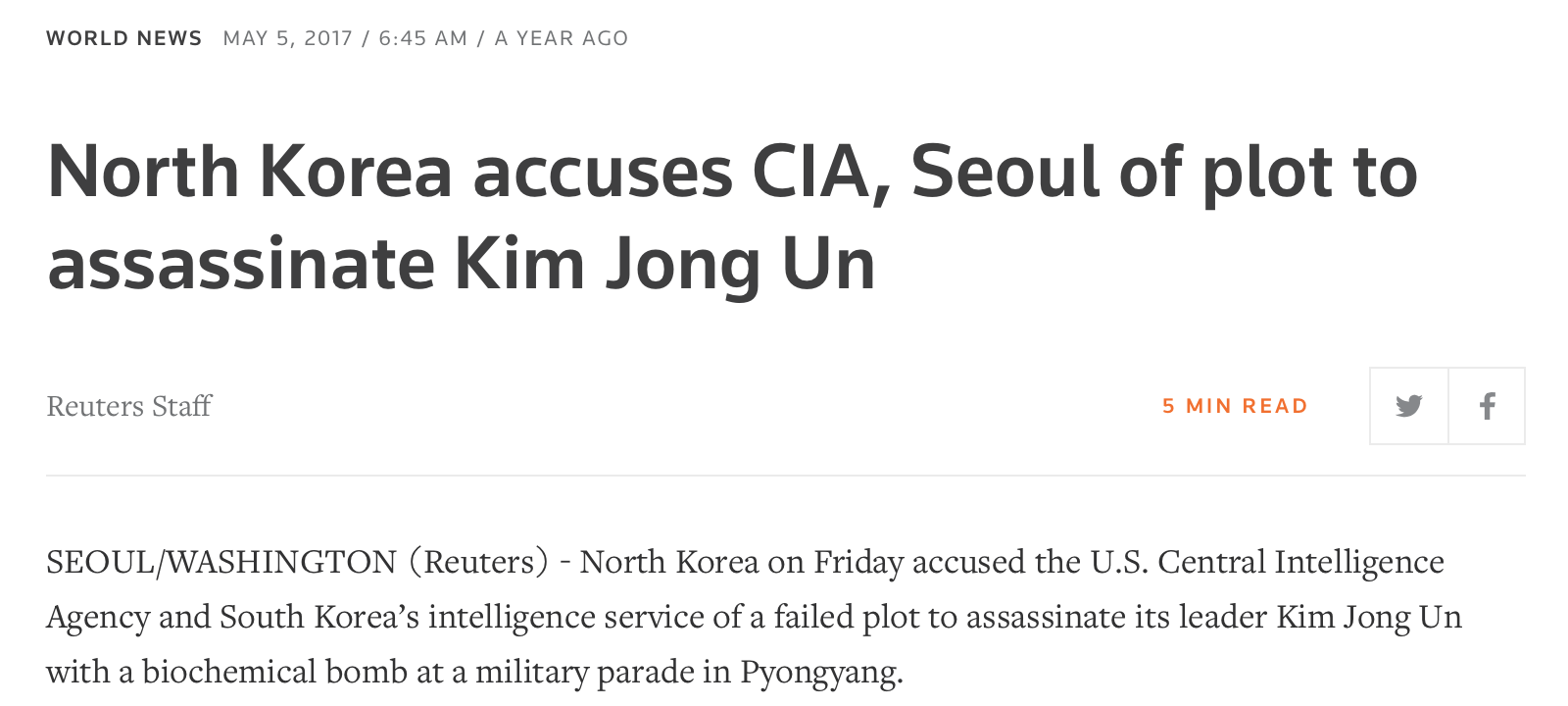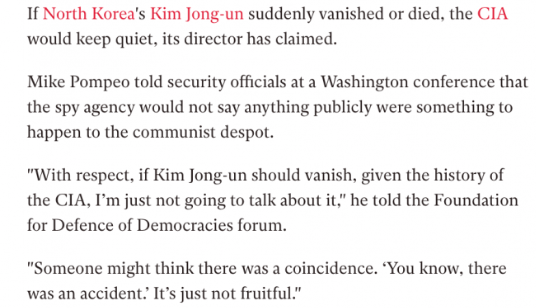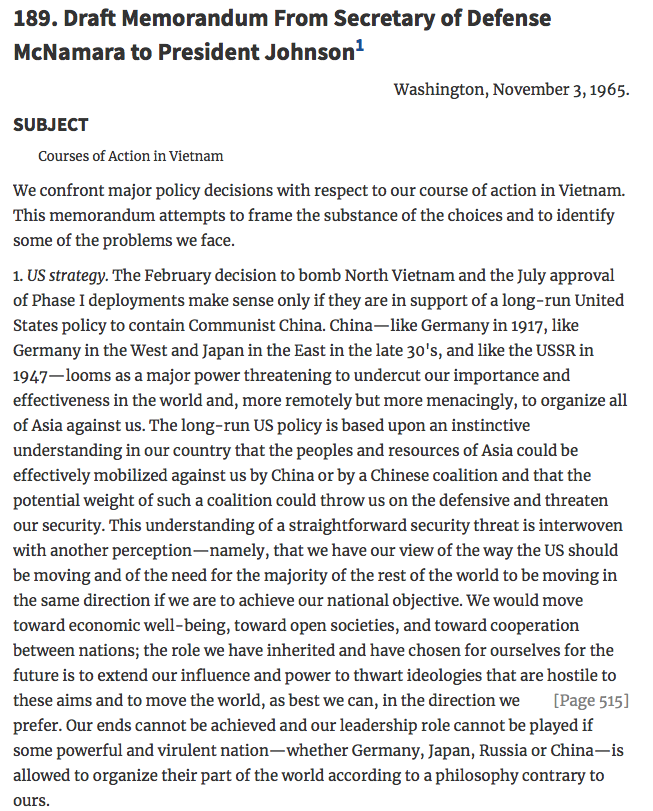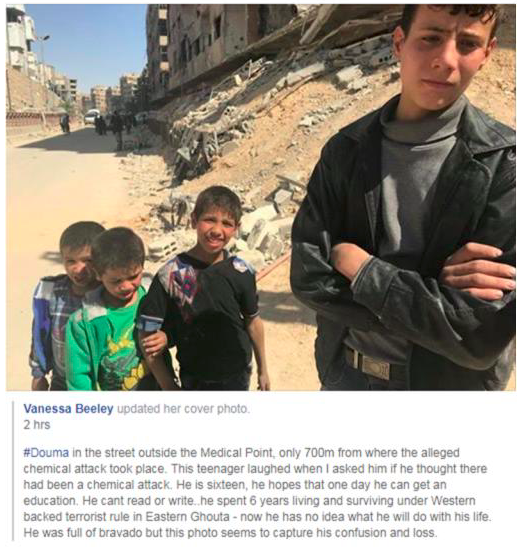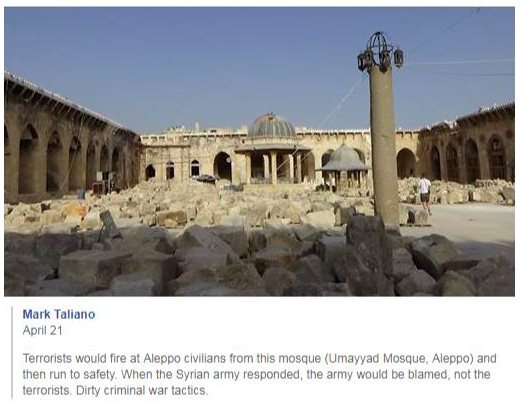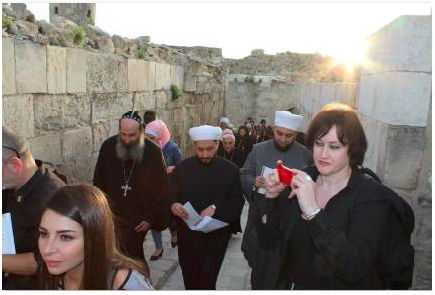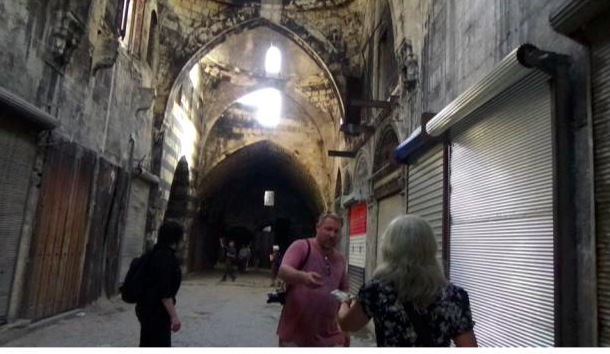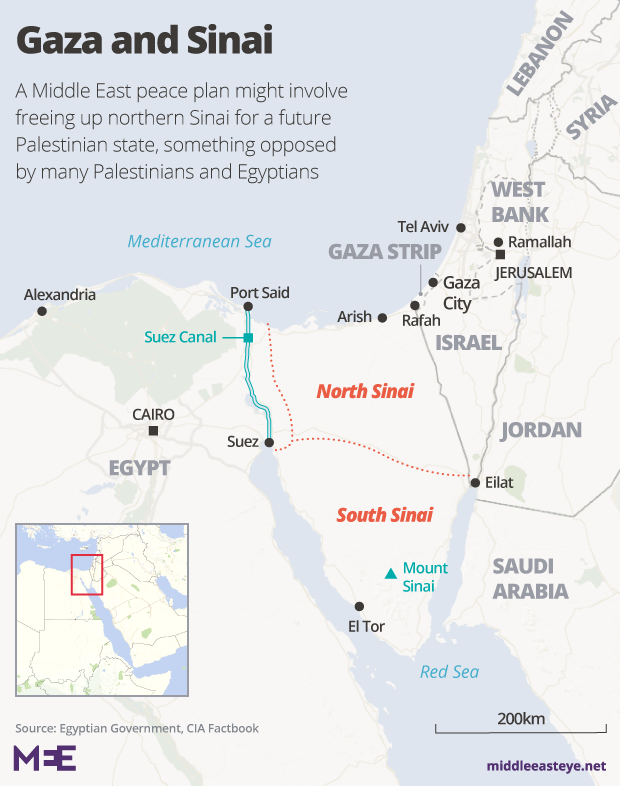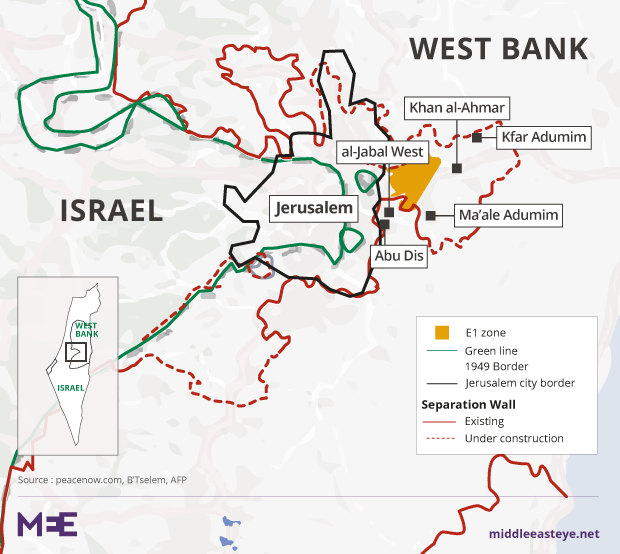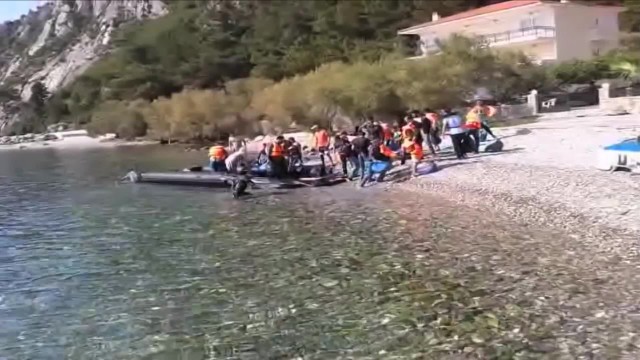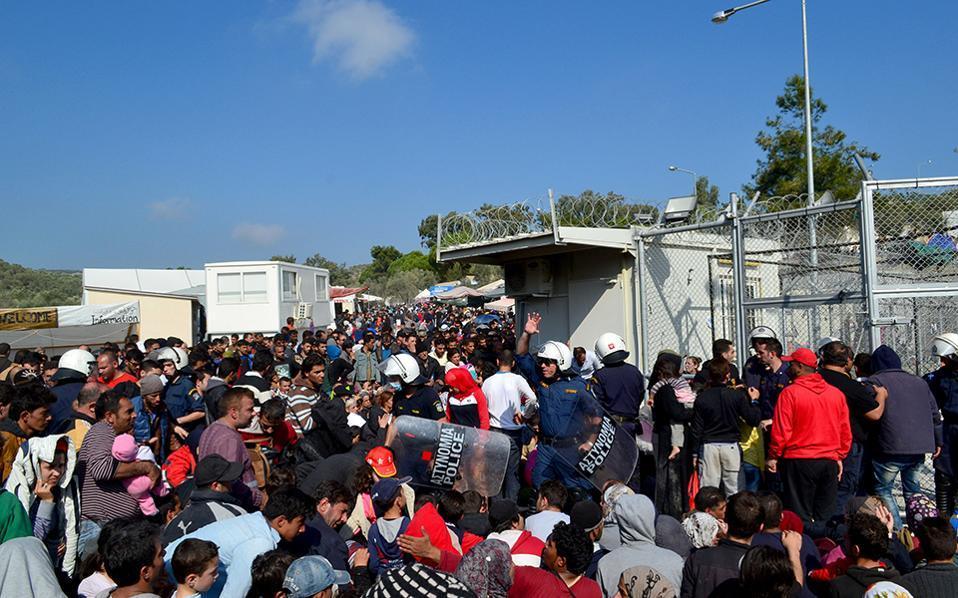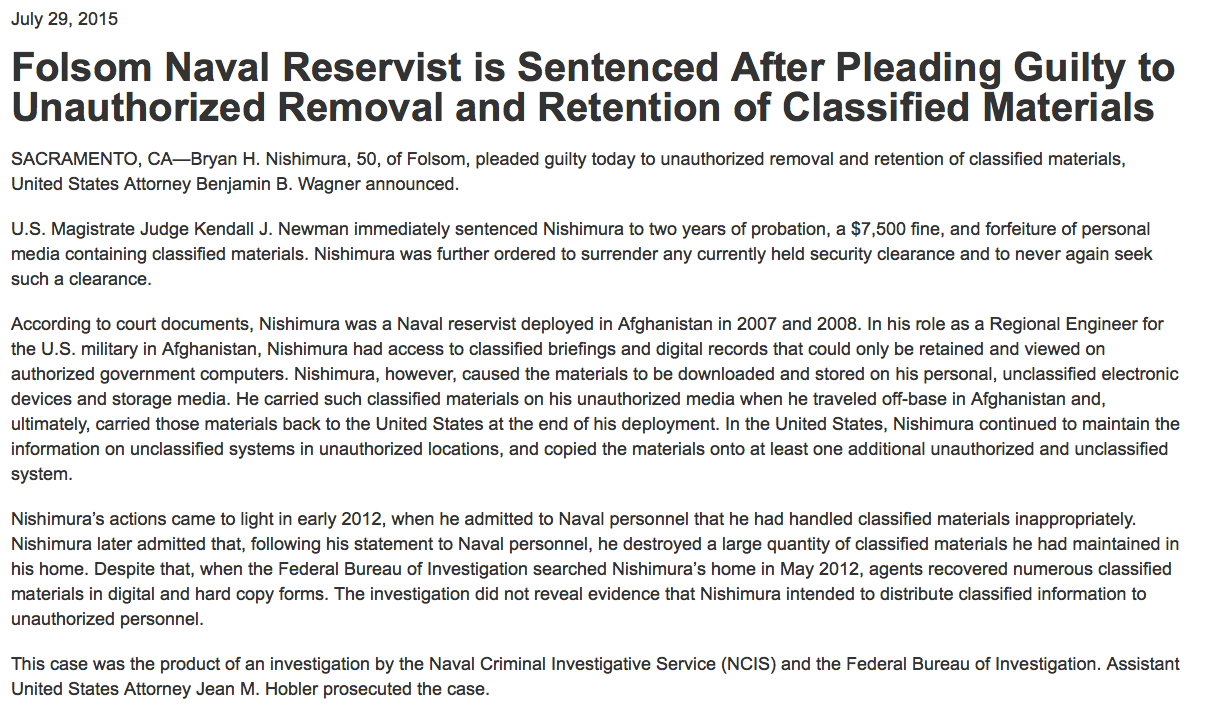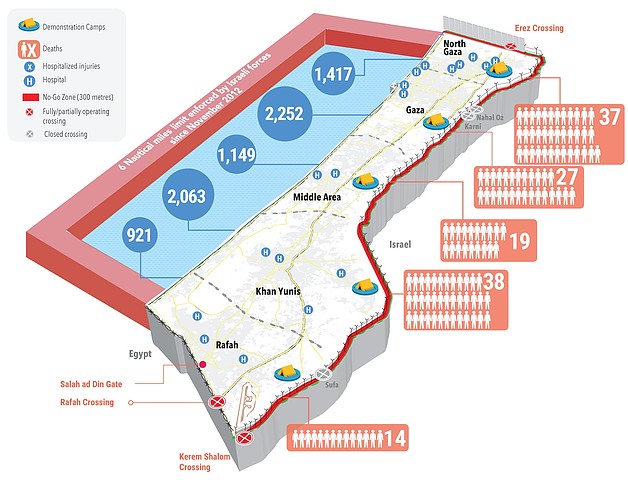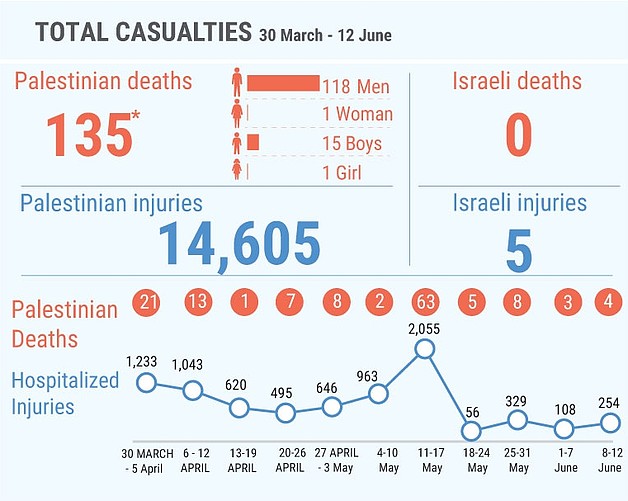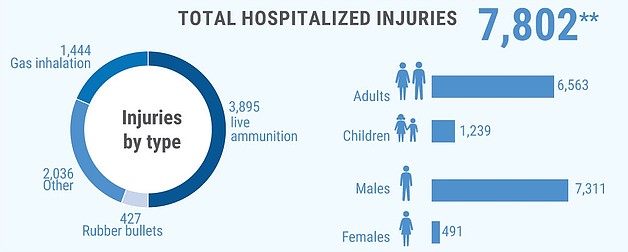This article was originally published in July 2012.
Featured image: A Palestinian man walks front of graffiti that reads “Returning” as palestinians attend “camp of return” to mark refugees’ ties to lands lost on May 14, 2011 in Rafah, southern Gaza Strip, during a gathering to mark the 63th anniversary of the “Nakba” (catastrophe). Nakba means “catastrophe” in reference to the birth of the state of Israel 63 years ago in British-mandate Palestine, which led to the displacement of hundreds of thousands of Palestinians who either fled or were driven out of their homes during the 1948 war over Israel’s creation. (Photo by Abed Rahim Khatib / Flash 90)
Since the idea of Zionism first gripped the minds of a few intellectuals and the limbs of many agrarian pioneers in the early 20th century, the state of Israel has presented its settlement of the land of Palestine, and its uprooting of the Palestinian people, as a rejuvenation of the earth. By “greenwashing” the occupation, Israel hides its apartheid behind an environmentalist mirage, and distracts public attention not only from its brutal oppression of the Palestinian people, but from its large-scale degradation of the earth upon which these tragedies unfold.
Determined to “make the desert bloom,” an international organization – the Jewish National Fund-Keren Kayemet LeYisrael (JNF-KKL, or JNF) planted forests, recreational parks and nature reserves to cover over the ruins of Palestinian villages, as refugees were scattered far from, or worse, a few hilltops away from, the land upon which they and their ancestors had based their lives and livelihoods.
Today, as Israel portrays itself as a ‘green democracy’, an eco-friendly pioneer in agricultural techniques such as drip irrigation, dairy farming, desert ecology, water management and solar energy, Israeli factories drain toxic waste and industrial pollutants down from occupied West Bank hilltops into Palestinian villages, and over-pumping of groundwater aquifers denies Palestinians access to vital water sources in a context of increasing water scarcity and pollution.
Jewish National Fund
The Jewish National Fund (JNF), perhaps the first transnational environmental NGO, was established in 1901, as the first wave of Jewish immigrants were settling in Palestine under the banner of Zionism. Throughout the 20th century, as the indigenous Arab population of Palestine found itself either expelled from its homeland or oppressed under the hand of a foreign invader, the JNF succeeded in raising enormous amounts of money to acquire and develop land throughout the territory that, in 1948, would become known as the State of Israel. Distinct from other transnational Zionist fundraising and advocacy organizations, such as the Jewish Agency, the JNF portrayed itself, from the beginning, as an environmental organization, serving, according to its website, to “protect the land, green the landscape and preserve vital ecosystems” by “planting seedlings, maintaining forest health, combating desertification, protecting watersheds and managing water flow … [and] balancing the phenomenal growth and development Israel has experienced in the last decade with the maintenance of an ecologically sound environment.”

Source: The Bullet
Proud that “Israel is the only country in the world that will enter the 21st century with a net gain in numbers of trees,” the JNF credits itself with planting 250 million trees, building more than 210 reservoirs and dams, developing more than 250,000 acres of land, creating more than 1000 parks and providing the infrastructure for more than 1000 communities throughout Israel. Suiting a state constructed for a single cultural-religious group, the JNF promotes an exclusionary, discriminatory brand of environmentalism. From its inception in 1901 – when the JNF controlled but a single olive grove in a land where 94% of its neighbours were Arab – to today, working closely with the Israel government, the JNF directly owns 13% of Israel’s land and effectively controls another 80%. The JNF’s constitution has explicitly stated that its land cannot be rented, leased, sold to or worked by non-Jews.
Throughout the first half of the 20th century, the JNF – helping to exile hundreds of thousands of Palestinian families, bulldoze their homes and clear the land to make way for Jewish settlement – bought large tracts of land from absentee landowners, evicted local Arab tenant farmers, uprooted natural vegetation of olive, carob and pistachio trees, and planted throughout the land, in place of indigenous arboreta, vast swaths of European pinera (conifers) and eucalyptus trees.
Forests, parks and recreational facilities were strategically placed atop the ruins of destroyed Palestinian villages, so that the fast-growing pines would erase the history of Palestinian existence and prevent refugees from ever returning to their homes. In addition, pine forests were planted to guard and expand settlements built atop stolen land and, after 1967, to seize and divide Palestinian territory within east Jerusalem and the occupied West Bank.
The pines helped evoke images of a European wilderness, creating a familiar ‘natural’ environment for the mostly European Jewish settlers, so much so that settlers affectionately nicknamed Carmel National Park, planted partially over the destroyed Palestinian village of al-Tira, “little Switzerland” for its resemblance to the Swiss Alps. Foreign species, these pine forests, then and now, often fail to adapt to the local soil and require frequent re-planting. As they age, they demand more water and become more prone to problems like pests, disease and conflagrations, such as the 2010 Carmel wildfire, deemed the worst in Israel’s history. As their fast-growing acidic pine needles fall to the ground, they destroy all other surrounding small plants, thus ruining the livelihood of Palestinian shepherds, whose animals depend on grazing land.
Clear-felling Palestinian Villages
The JNF’s time-tested method of ethnically cleansing and then ‘greening’ the desert continues to this day. An ongoing $600-million, 10-year JNF program called Blueprint Negev seeks to develop reservoirs, pine afforestation and water conservation programs in the Negev desert at the expense of more than 150,000 Palestinian Bedouin, whose ‘unrecognised’ villages, as a direct result of Israel’s policies, already lack electricity, running water and sewage disposal.
Since 2010, the JNF has attempted to “green” the Negev by planting the 1 million-pine “GOD TV Forest” over the Palestinian village of Al-Araqib, which, as it steadfastly resists extinction, has been demolished eight times. GOD TV Forest is named after its proud sponsor, a far-right, pro-settler Evangelical Christian organization whose stated purpose is “to plant a million trees to prepare the land for the return of [God’s] son.” As GOD TV Forest and Blueprint Negev seek to flood the semi-arid Negev with the invasive European pine trees, Israel seeks to tear the historically semi-nomadic Bedouin from their ancestral grazing lands, and to herd them into unnatural, sedentary lifestyles in impoverished and isolated townships. Social strife and decay of traditional values inevitably accompany this forced acculturation process.
Growing up in the suburbs of Washington, D.C., my family, along with the larger middle-class Jewish community, was, knowingly or not, complicit in the JNF’s environmental colonialism. Nearly every room of our local synagogue and Hebrew School displayed the iconic blue, tin JNF donation box, where, by simply dropping a coin, one could affirm one’s ethnic nationalism by helping “plant a tree in Israel.” Throughout my early childhood, my mother worked at a local JNF donation office, helping U.S. Jewish families “plant a tree in Israel” to commemorate the death of a loved one.
Today, after a century of expulsion, settlement, development and rapid industrialization, indigenous arboreta make up only 11% of Israeli forests, and pre-1948 growth accounts for only 10% of Israel’s greenery. Jewish National Fund pine forests, parks and recreation areas blanket the hills of Israel, and tour guides, in the midst of a hike, dread the inevitable moment when someone asks “what is that old abandoned mosque doing in the middle of this forest?” The parallels with European colonization of the American continent are obvious, and in a cruel twist of historical irony, the construction, by JNF Canada, of Israel’s Canada National Park, covering over the destroyed Palestinian village of ‘Imwas in the mid-1980s, was initiated as a simultaneous twinning project along with Toronto’s Downsview Park, which sits atop unacknowledged First Nations territory.
Zionist Image
The actions of the JNF fulfil the Zionist desire to transform and control the land of Palestine, to shape its hills in the Zionist image. When the pioneer Zionist movement arrived from Europe in the late 1800s, they found themselves dissatisfied with the rocky, semi-arid eastern shore of the Mediterranean, and they sought to “make the desert bloom” as proof that the Jewish people, and not the indigenous Arabs, were the destined cultivators of “a land without people for a people without land.”
Bringing little agricultural experience from their mostly lower-middle class urban backgrounds, these pioneers first adopted local Arab small-scale dryland subsistence farming methods, producing mainly unirrigated wheat, barley, potatoes, grapes, olives and figs for domestic consumption. Soon, however, they dismissed centuries-old sustainable Palestinian agricultural practices as “undeveloped,” and, funded by French banker-philanthropist Baron de Rothschild, used sophisticated European steam engines, mechanized ploughs, reapers and threshers to develop capital-intensive vineyards and cash-crop plantations for commercial marketing.
The passionate attachment to the land evinced by these Zionist pioneers often concealed an anthropocentric kernel. Many of the first European Jewish immigrants struck the soil of Palestine with a devout and even mystical appreciation of nature, driven to escape the economic, industrial and social alienation of European society and, through the sweat of agricultural labour, to birth themselves, and the Jewish people, anew as an ecologically integrated, utopian socialist community. Living in collectivist communes called kibbutzim, their sense of destiny magnified by the redemptive, exalted status that the land beneath their feet held for thousands of years of Jewish cultural mythology, they filled their journals with passionate, sensual, ecstatic, mystical and sometimes erotic descriptions of the joys of the earth and agricultural labour. As Israel’s first president, Chaim Weizmann observed, “it seems as if God had covered the soil of Palestine with rocks and marshes and sand, so that its beauty can only be brought out by those who love it and will devote their lives to healing its wounds.”
At the same time, their ecological zeal betrayed a deeply colonial, anthropocentric desire, not to respect and adapt to the land, but to subjugate and transform it, to conquer it through the machinations of human development. “Where we modern ones appear with our auxiliaries,” announced Zionist prophet Theodore Herzl at the turn of the century, “we turn the desert into a garden.” The motif of “making the desert bloom” emphasises not the desert rocks, but the human agency which controls nature for its own purposes. In one fell swoop, the land of Palestine would be cleared, along with its people, the Arab Palestinians, who, Weizmann maintained, were no different than “the rocks of Judea … obstacles that had to be cleared on a difficult path.”
Green, Racist Capitalism
Today, thanks to decades of largely U.S. aid, the old kibbutzim have become factory suburbs, and the small, start-up socialist Zionist experiment has ballooned into the fourth-largest arms exporter in the world, the privatized, globally competitive, hyper-militarized Israel that markets itself abroad as a model for 21st century green capitalism, while perpetuating widespread ecological devastation and blatant environmental racism on the ground. “What country would not experience environmental woes,” says Jewish eco-socialist Joel Kovel in his book, Overcoming Zionism, “with a sixfold population increase in half a century in a context of rapid industrialization?” Kovel describes the steady expansion of Israel’s infrastructure of occupation, and the irreversible build-up of its desert war machine, as an “eco-destructive accelerant,” wedding colonizer and colonized together in a “parasitic order” that “builds parallel systems, of roads, water and sewage, electrical networks… [that] both colonize and destroy the land of the Palestinians, while creating, necessarily, a myriad of spaces … chaotically thrown up and turning into sites of a proliferating set of ecological degradations.”
Today, Israel covertly transports waste products from its own country into dumps and quarries throughout the occupied West Bank, polluting the Palestinian earth and water supply, while Israeli settlers in the West Bank – who produce similar amounts of wastewater to the Palestinian population, despite being outnumbered more than six to one – deliberately poison the water, land and livestock of nearby Palestinian villages. Solid wastes from Israeli settlements and military camps throughout the West Bank are dumped without restriction on Palestinian land, fields and side roads, and industry regularly moves from Israel to the West Bank, where labour is cheaper, environmental regulations are lenient and waste products, generated from the production of aluminium, leather tanning, textile dyeing, batteries, fiberglass, plastics and other chemicals, can flow freely down to Palestinian villages in surrounding valleys.
At least seven industrial zones, and at least 200 factories, have either moved from Israel into the West Bank, or have been constructed by the Israel government, inside the West Bank, a blatant violation of international law.
After one such factory, Geshuri Industries, moved its pesticide, insecticide and fertilizer production from Israel, where it was declared a health hazard, into the West Bank in 1982, the owner began the courteous practice of closing the factory for the one month every year that a change in wind direction would blow its pollutants toward Israel.
The construction, beginning in 2002, of Israel’s mammoth separation/apartheid wall, while separating Palestinian farmers from their fields, has destroyed Palestinian legally owned fertile agricultural land, and has brought with it all the extensive contamination of natural habitats associated with the use of heavy machinery and millions of tons of concrete. The wall has isolated Palestinian communities from vital water sources, and has interfered with natural drainage systems in the West Bank, causing flooding and substantial environmental and agricultural damage in times of high rainfall.
West Bank and Gaza
The JNF’s “greening” of Israel does not extend to the West Bank and Gaza, where the infrastructure of occupation breeds widespread deforestation. While the JNF made the hilltops within the internationally recognized borders of Israel bloom with forests, parks, playgrounds and recreation areas so that, to quote its website, “the heroic men and women of the Israel Defense Forces can share precious time with their loved ones,” 95% of the forests of Gaza have disappeared between 1971 and 1999, due to the extensive spread of settlements and military bases alongside Israel’s pervasive bombing. Contrary to the JNF’s commitment to “combat desertification,” the threat of permanent desertification looms over the West Bank, as increasing illegal settlement expansion, facilitated by the JNF, steals large tracts of land traditionally used by Palestinian villages for grazing, leaving the few remaining grazing areas available to Palestinian pastoralists threatened by overgrazing.

For Palestinians in the West Bank and Gaza, the monitoring, maintenance and protection of natural ecosystems becomes impossible, as the Israeli occupation paralyses their sovereign ability to regulate usage of a contiguous piece of land. Restrictions on freedom of movement, such as road closures, checkpoints and permanent roadblocks, impede the collection, processing, treatment and disposal of waste products, which, when released into residential areas, agricultural land and groundwater aquifers, cause soil contamination and potentially irreversible ground water pollution.
Water
Israel’s discriminatory distribution of water is an instance of environmental racism at its worst. “Presently,” writes Joel Kovel, Israel “faces both an absolute shortage of water owing to persistent overconsumption, as well as persistent contamination of the existing water thanks to rampant ‘development’ and industrialization.” As population growth, combined with a rising standard of living, has led to an over-utilization of renewable water sources, Israel embarks on costly cloud-seeding and desalination experiments to increase its water supply, while destroying the rain-water cisterns and wells of agrarian Palestinian villages.
The Jordan River, an international river basin unilaterally monopolized by Israel, has seen its average flow decrease from 1250 million cubic metres (mcm)/year in 1953 to 152-203 mcm due to two enormous reservoirs, and has become so polluted by Israeli settlement and industry run-off that, to the dismay of Christian pilgrims worldwide, the environmental group Friends of the Earth Middle East decreed it unsafe for baptism in 2010. As the Jordan River is drained to a trickle, the Dead Sea, also polluted, has shrunk into two separate, and rapidly drying, seas further downstream, as its salts are pumped by Israeli companies to flood the global market with exotic cosmetic products.
As over-pumping of regional underground aquifers, all monopolized by Israel, has lowered the groundwater table below sea level and caused saline water intrusion in many areas, growing water scarcity is used by Israel as a tool of oppression against the Palestinians. In the Jordan Valley, an oppressive matrix of checkpoints, closed military zones, army training grounds, nature reserves, settlements and settler-only roads striates the desert with the infrastructure of environmental racism, isolating Palestinian Bedouin villages from access to water sources.
Impoverished communities – 40 per cent of whom consume less water than the minimum global standard set by the World Health Organization – must travel across a desert, criss-crossed with Israeli checkpoints, to bring overpriced and often unsanitary water tankers home to scattered villages of makeshift shacks and mud-brick houses. While the 56,000 Palestinian Bedouin in the Jordan Valley consume an average of 37 million cubic metres (mcm) of water per year, the 9400 Israeli settlers consume an average of 41 mcm.
Sustainable agricultural practices are made difficult because of water scarcity, and perishable produce, delayed for hours at Israeli checkpoints, often spoils on its way to market. While “unrecognized” Bedouin villages live in dire poverty, cut off from basic services such as health care, education and employment, and barred by Israel’s laws from building any permanent structure, be it a water well, an animal pen, a storage shed or a family home, 36 Israeli Jordan Valley agricultural settlements utilise state-of-the-art technology, along with an unlimited water supply, to grow a wide variety of genetically modified fruit and vegetable produce, propelling Israel into the international agribusiness industry as the world’s sixth-largest cultivator of genetically modified crops.
While Bedouin families see their makeshift structures demolished by Israeli bulldozers on a daily basis, every Israeli settler family in the Jordan Valley is given, in addition to an unlimited water supply, a free house, US$20,000, 70 dunnams (km2) of land, free health care and a 75% discount on electricity, utilities and transportation.
Lake Hula
The ethnic cleansing and ecological degradation of Lake Hula in 1950 provides a perfect example of the JNF’s catastrophic failure as an environmental organization, and cruel success as a colonial enterprise. In 1933 the Palestine Land Development Corporation, using JNF and private funds, forcibly evicted the Ghawarani tribe from one of the oldest documented lakes and wetlands in history, the Huleh Valley in the eastern Galilee near Syria. Descendants of deserters from the invading Egyptian army in the 1830s, and Algerian refugees from the failed 1847 revolt against French rule, the Ghawarani had lived for two centuries in reed huts, mud-brick shacks and woollen tents, practicing reed basket and mat weaving, seasonal agriculture, fishing and the raising of livestock such as chicken, geese and water buffalo.
Echoing founder of Israel David Ben-Gurion’s 1944 proclamation that “we must conquer the sea and the desert, for those will provide us with room for new settlers and will serve as a laboratory for the development of new forms of economic and agricultural endeavor,” the JNF, anxious to form a buffer of agricultural expansion between Israel and Syria, drained Lake Hula in 1950 without a study of its ecological impact, ignoring the warnings of scientists that the peat soil under the swamps would not make fertile land.
Agricultural development of the exposed peat soils, weathered and eroded by wind without their vegetation cover, proved unsuccessful, and the reckless experiment destroyed a rich, diverse ecosystem of aquatic biota, flora and fauna unique to the region. Despite one JNF hydrologist’s certainty that “our peat is Zionist peat … our peat will not do damage,” the decomposing peat soils released nutrients and ground pollutants into the Jordan River and the entropic Lake Tiberius, creating crop-damaging black dust and making large tracts of land susceptible to damaging underground fires. The Hula Valley was left stagnant and largely depopulated, until a $23-million JNF re-flooding in 1996 created the smaller and shallower Lake Agmon, restoring a meagre portion of the area’s now-extinct wildlife.
Justice
As the dependence of the imperial West on Gulf oil increases precipitously, Israel’s occupation of Palestine becomes a crucial focal point for the global dominance of Empire, and a concentrated site of its cruellest eco-genocidal machinations. In Israel’s occupation of Palestine, we see how environmental devastation coincides with ethnic cleansing, and how the former is used to deepen the latter. The quest for justice in Palestine lies at the heart of anti-imperialist struggle worldwide, a struggle in defence of the Earth, and the dispossessed who wander upon it.
In the words of Coya White Hat-Artichoker, member of the Rosebud Sioux Tribe in South Dakota and founding member of the LGBTQ Two Spirit First Nations Collective:
“I see what is happening in Palestine as an indigenous struggle for sovereignty, at times, even the right to exist. It is also one of genocide… I see Israel’s systemic and intentional destruction and removal of Palestinian lives, homes, and communities as very similar to the destruction of communities, lives, and removal of Native people from their traditional lands. I no longer see terrorists there anymore; I see people resisting and fighting extinction… I believe that as people in the U.S. who make these connections, it’s important to be thoughtful about what is happening, in our names and with the U.S. government’s money.”
*
Ben Lorber is a journalist and radical activist who has worked extensively in the U.S. and the Middle East. In 2011, he spent six months in Palestine, as an activist with the International Solidarity Movement in the West Bank and as a journalist with the Israeli-Palestinian Alternative Information Center in Jerusalem.
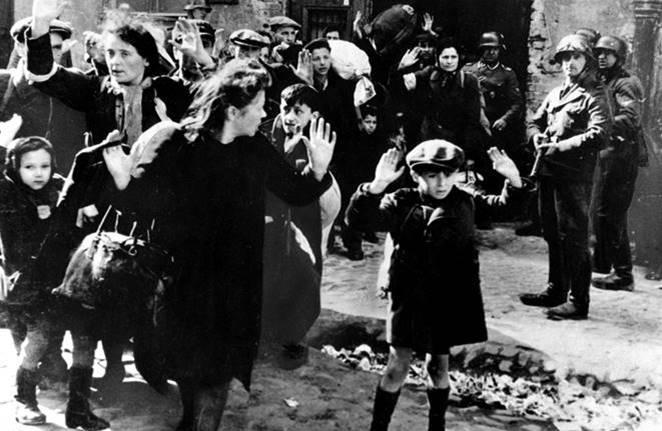
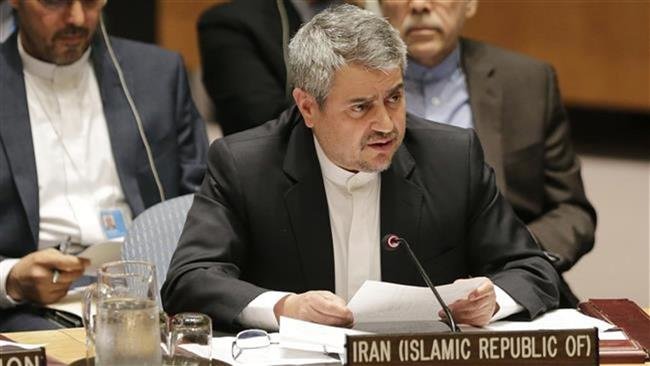



 Can you
Can you 
